Search results for 'red pigment powder'
-
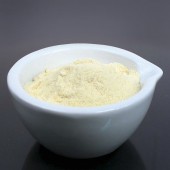
Powdered Rosin
Starting at: £13.90
-
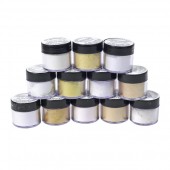
Pearl Lustre Pigments 7g
Starting at: £4.70
-
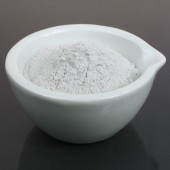
Pumice Powder
Starting at: £5.70
-
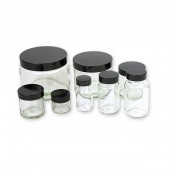
Squat & Powder Jars
Starting at: £0.75
-
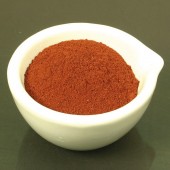
Dragon's Blood Powder
Starting at: £28.10
-
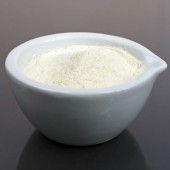
Gum Sandarac
Starting at: £8.60
-
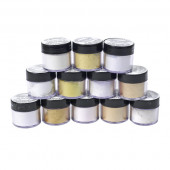
Pearl Lustre Pigments 1 kg
Starting at: £94.00
Call to Order
-
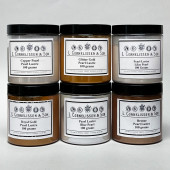
Cornelissen Pearl Lustre Pigments 100g
Starting at: £12.90
-
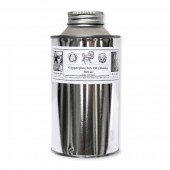
Roberson Copperplate Reducing Oil
Starting at: £24.00
-
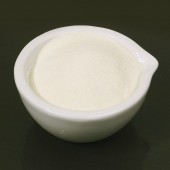
Casein Lactic
Starting at: £15.95
-
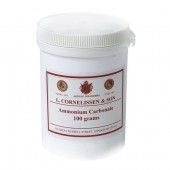
Ammonium Carbonate
Starting at: £9.70
-
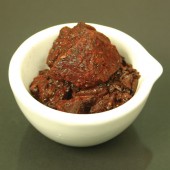
Dragon's Blood Pieces
Starting at: £25.40
-
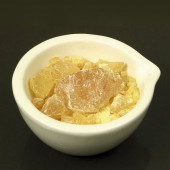
Colophony
Starting at: £7.30
-
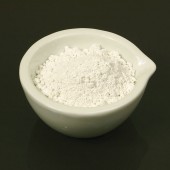
Gypsum
Starting at: £5.70
-
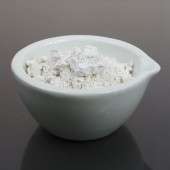
Whiting
Starting at: £4.00
-
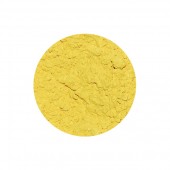
Litharge Pigment
Starting at: £8.00
Call to Order



